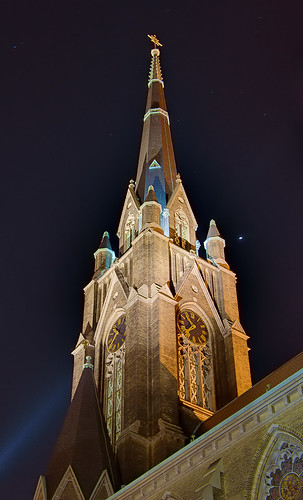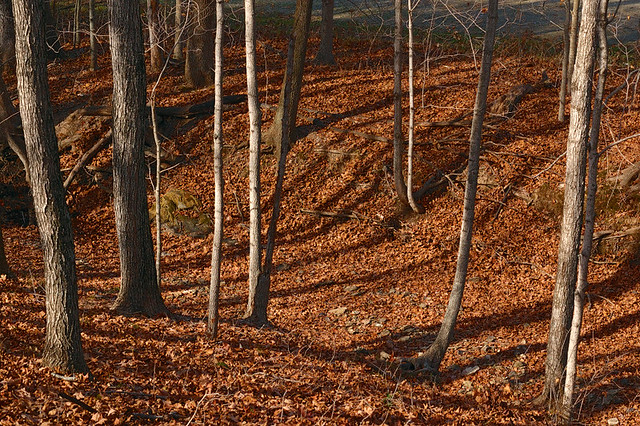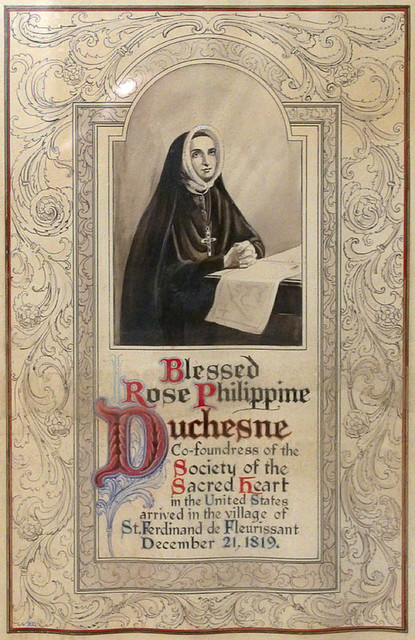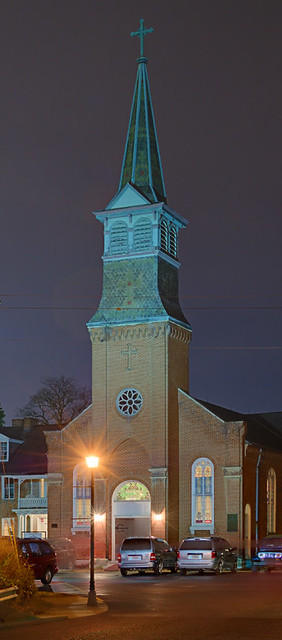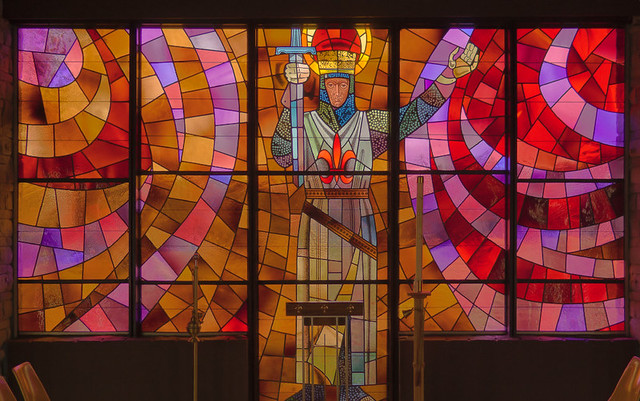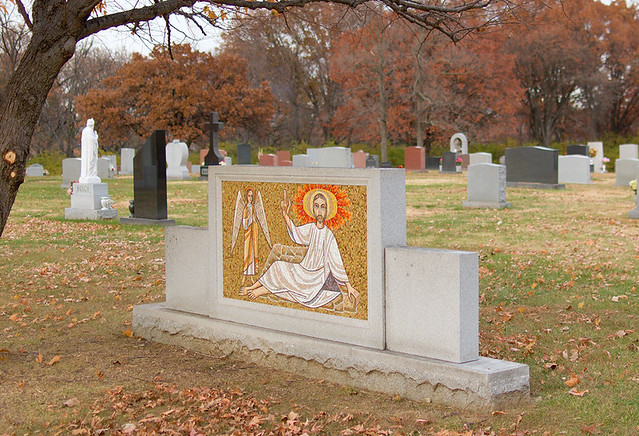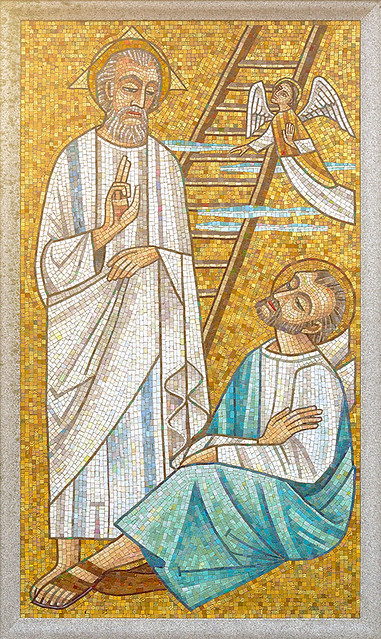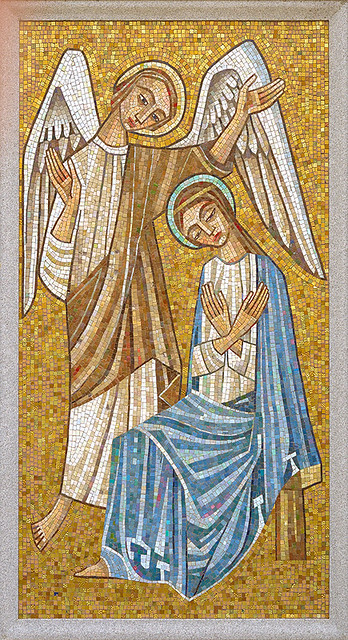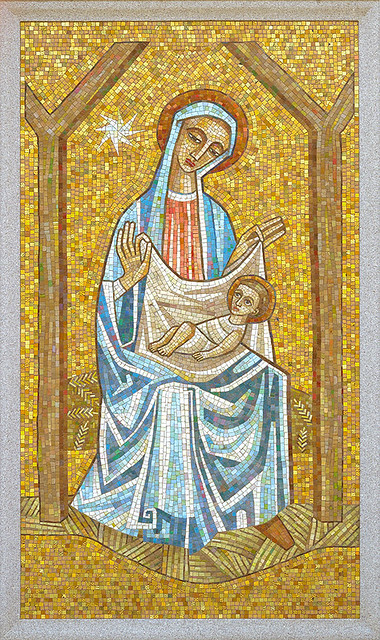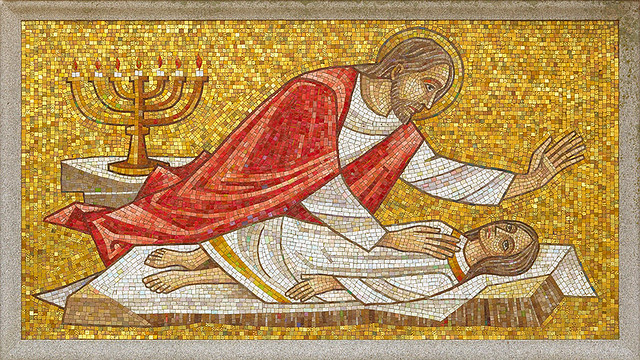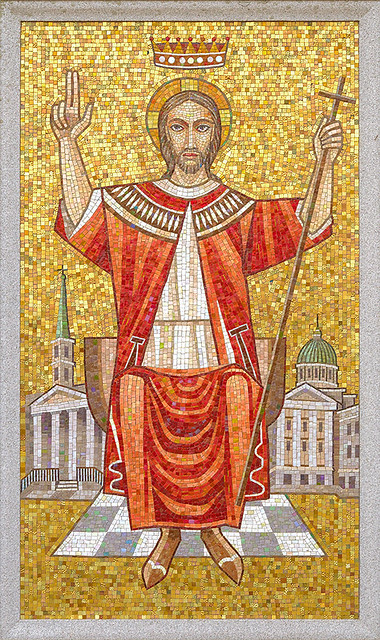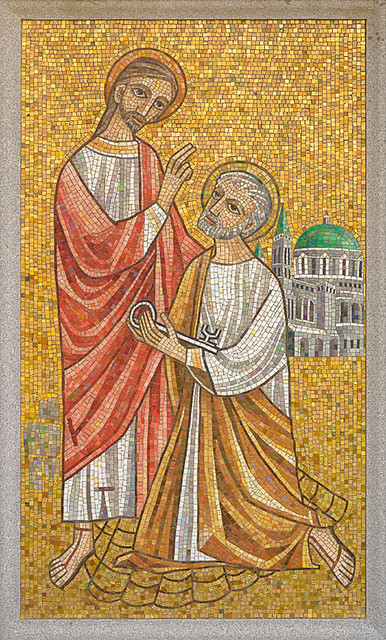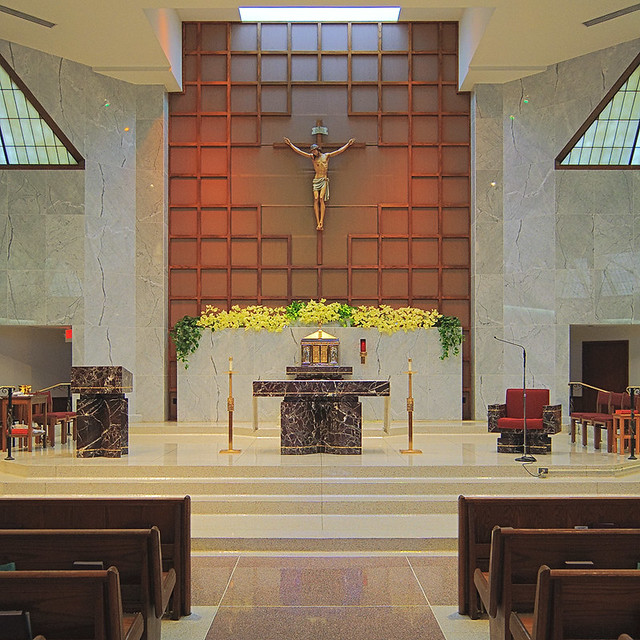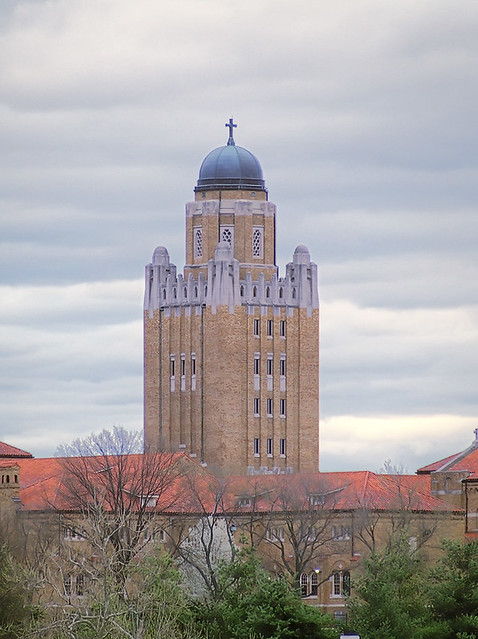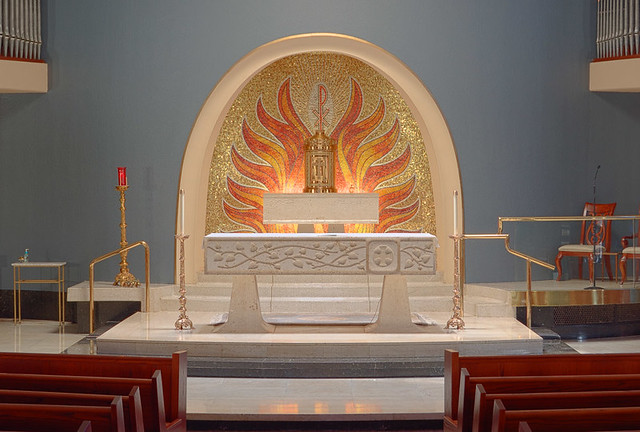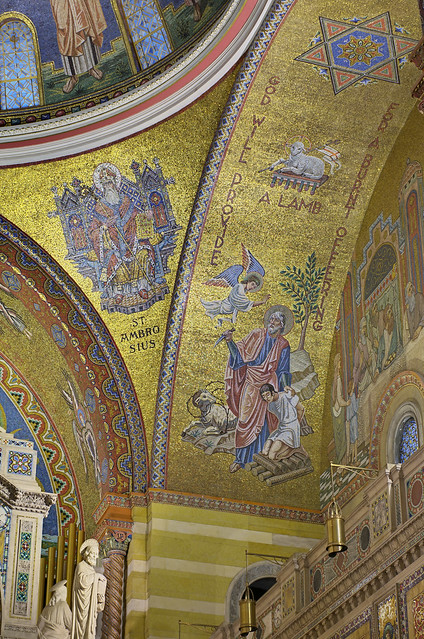TODAY IS THE feast day of Saint Albert the Great (ca. 1206—November 15
th, 1280), Albertus Magnus, priest of the Order of Preachers — the Dominicans — Bishop of Regensberg, “teacher of everything there is to know,” preacher of the crusades, professor of theology, a scientist who was reputed to be a magician and wizard, mentor of Saint Thomas Aquinas, one of great devotion to Our Lady, patron of philosophers and scientists, and who is called the “Universal Doctor” because of his wide knowledge.
Many people love novelty, and intellectuals are no exception. In our day, as in the day of Saint Albert, new theories are exciting to scholars, who quite naturally will mine these new studies for intellectual gold. The writings of the Greek pagan philosopher Aristotle were largely lost at the end of antiquity, although he was otherwise well-known through secondary sources. The re-discovery and promulgation of his texts and subsequent commentaries were undoubtably exciting for the philosophers of the Middle Ages.
The late Platonic philosophy, adapted in the writings of many of the Fathers of the Church and early theology, is of great importance for its lofty understanding of being, enlightenment, and the ultimate Source of all things, which is God. But it has a certain static quality — which although is undoubtably of ultimate importance — it does not closely analyze the dynamic reality of the material world. Aristotle's philosophy instead offers explanations of the material world and its forces.
The rediscovery of Aristotle was of huge importance to Christians, Jews, and Muslims; and scholars engaged in an intellectual debate that altered the course of theology for centuries. However, Aristotle was a pagan: scholars of any religion who followed him too closely were in danger of falling into extreme heresy. For this reason, the Bishop of Paris condemned the writings of Aristotle and prevented the faculty of Arts at the University of Paris from studying them: however, theologians
could read them, and these writings were otherwise available at other universities.
This was the situation at the time of Saint Albert. He was a great advocate of Aristotle, yet he did not uncritically accept him as an authority. Aristotle provided a great framework for critical and logical thinking, and yet following Aristotle too closely was disastrous. The problem was choosing what parts of Aristotle were solid and which were false, which Saint Albert and Saint Thomas worked diligently to determine.
In the year 1277 Pope John XXI asked the Bishop of Paris to prepare a list of specific condemnations according to the theologians. This list was decisive: rather than limiting academic freedom, instead the new guidelines (punishable under pain of excommunication) led to the creation of the scientific method by guiding scholars into more fruitful lines of investigation. The powerful flowing forces of the logical and critical methods of Aristotle would instead be channeled into more certain things. However, we must note that a second school of thought flowed from these condemnations — a rejection of some of Aristotle led to a rejection of all of his thought, including that of logic and reason itself — a new school concerned only with skepticism, doubt, and the pursuit of power for its own sake. This is the school of thought largely found in our universities today, especially in the social sciences and literature.
Saint Albert knew that faith and reason, properly understood, cannot conflict. This remains a central belief of Catholicism, although much of modern religion rejects this, particularly fundamentalist and liberal religion, becoming a pervasive kind of “folk theology”, which infects even otherwise pious Catholics in the United States.
Saint Albert also knew that God wrote two books: that of sacred scripture and that of nature. His writings show him to be a true natural scientist of the best contemporary kind
: “The aim of natural science is not simply to accept the statements of others, but to investigate the causes that are at work in nature,” “Experiment is the only safe guide in such investigations,” and
“In studying nature we have not to inquire how God the Creator may, as He freely wills, use His creatures to work miracles and thereby show forth His power: we have rather to inquire what Nature with its immanent causes can naturally bring to pass.”
Saint Albert was a master of theology, logic, ethics, as well as the natural sciences of geography, mineralogy, mechanics, and biology. However, Saint Albert was also very much a student of much which is now known as pseudoscience, such as alchemy, astrology, and phrenology. This is understandable: we know more about the forces of nature now than then. Also, isn't reasonable that the order of the heavens would somehow influence the order of things on earth? Oddly, the world of
Harry Potter is very much rooted in Saint Albert the Great — keeping the Gothic atmosphere and pseudoscience, but jettisoning the theology and philosophy.
We ought not be surprised that the sciences flourished in the Catholic universities, and that sciences, especially theoretical sciences, can sometimes suffer under heretical regimes. The idea of an eternal static universe, found in Aristotle, remained the standard theory with atheistic scientists until a Jesuit scientist proposed the Big Bang theory, later proven to be true. The Catholic view of the sciences is very traditional:
is it true? and not
is it useful?
We can look at thinking and investigation from a top-down or bottom-up view. Generally speaking, Plato tends to be top-down, while Aristotle tends to be bottom up. Saint Albert and Saint Thomas Aquinas, by encouraging the study of Aristotle, are said to have started the chain of events that have led to our modern world of self-centered skeptical egotists, who can be organized into society only by the use of force and the manipulation of pleasure. I don't think so — Saint Thomas quoted Platonists more than he quoted Aristotle, and was also a great mystic. Most of all, both were great men of faith, which is something our current era lacks.
